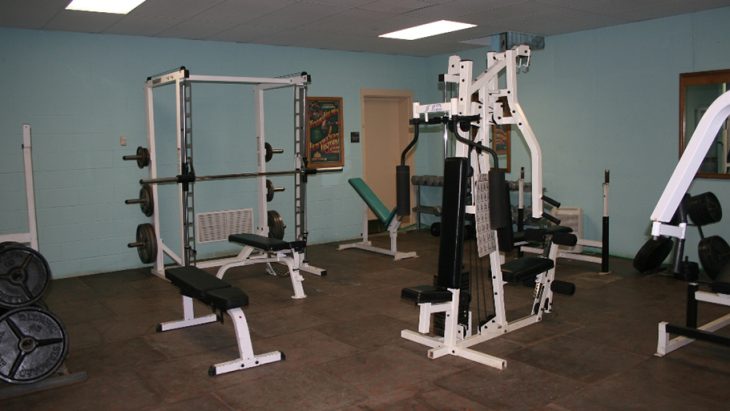

Sensory Equipment for ADHD (Attention Deficit Hyperactivity Disorder) – Northern Ireland & Republic of Ireland

Sensory rooms can be a place for the individual with ADHD to engage calmly and succeed. Setting up a sensory room in your school or home may improve the quality of life and provide the much needed sensory nutrition to improve attention. Once exposed to calming lights, sounds and aromas, an individual with attention challenges can relax, engage and focus on their surroundings. Multisensory rooms can help to filter extraneous sensory information and organize and modulate thinking, speech and orientation. The inability to focus and attend when necessary can be debilitating to education and life skills. These tools act as filters for children with ADHD. The chair provides a comfortable seat with different textures and stimulations that help keep the child calm and focused. Vibration, focused lighting, aromatherapy and sound control can dramatically affect our ability to attend. A sensory processing chair is often used for children with autism (autism chairs), ADHD, sensory processing issues, or kids who like to fidget in order to help them focus and remain calm. Huddle Cuddle Cushion Softplay Sensory Toyīenefits of Attention Deficit Hyperactivity Disorder (ADHD) Sensory Equipment.The sensory equipment for Attention Deficit Disorder (ADD) that Sync Living supply include SHARE The Best S ensory Toys for ADHD on Facebook and Pinterest by clicking the buttons below.ADHD (short for Attention Deficit Hyperactivity Disorder) is a group of symptoms which typically includes impulsiveness, hyperactivity and a lack of attentiveness. Want to get them off the screen and sofa city? Check out these toys and get them up bouncing, dancing and punching. Now that we’ve rounded up our top favorite toys for ADHD to help with your child’s restless energy. Used properly, sensory toys such as fidget toys can be invaluable when it comes to managing ADHD on both an individual and collective level. Whether it’s a simple metal spinner or something more complex like a shape cube, fidget toys are an effective way to alleviate excess energy and maintain focus. There is a wide variety of sensory toys available to help with ADHD, but fidget toys are at the top of the list as they provide sensory input without requiring much additional work.įidget toys can also help to focus attention in classrooms, boardrooms, and other settings where concentration is needed. Thus, finding the best sensory toys may just be the key to greater understanding and control of ADHD symptoms.įidget toys have become a popular sensory tool for those dealing with ADHD, providing a sensory response that helps to calm kids and adults alike. Moreover, certain sensory toys such as squishy and tactile sensory balls are good for encouraging sensory exploration within the individual. Sensory toys can be a great way to help those with ADHD, by providing sensory stimulation and a calming effect.įor example, bouncing on an exercise ball chair can promote arousal regulation, enabling focus on a task at hand.Ĭompression vests and weighted blankets can provide sensory input to help reduce sensory overload and feelings of unease or fear which can often arise with ADHD.

Sensory toys can also improve with things like balance, auditory processing, tactile/visual stimulation, and more.Ĭheck out our list of the best toys for ADHD to support your child’s development, learning and growth. Plus, there is study-based evidence that sensory fidget toys help children with attention or anxiety issues stay focused and calm, both in the classroom and at home.īy allowing more overall movement, fidget toys for ADHD helped kids perform better on cognitively demanding tasks. These toys can also be used to help desensitize children, the idea being the more they’re exposed to sensory input in a fun and safe way, the more they’ll be able to tolerate sensory input from the world around them. They are specifically designed by therapists to help calm a child with ADHD, autism and sensory issues. Children with ADHD generally have greater problems paying attention or concentrating. Related: What Is ADHD? Does My Child Have It? ADD (attention deficit disorder) is an older term for primarily inattentive ADHD, a common condition that affects children and adolescents.ADHD is the most commonly diagnosed mental disorder in children and is more common in boys than in girls.


 0 kommentar(er)
0 kommentar(er)
